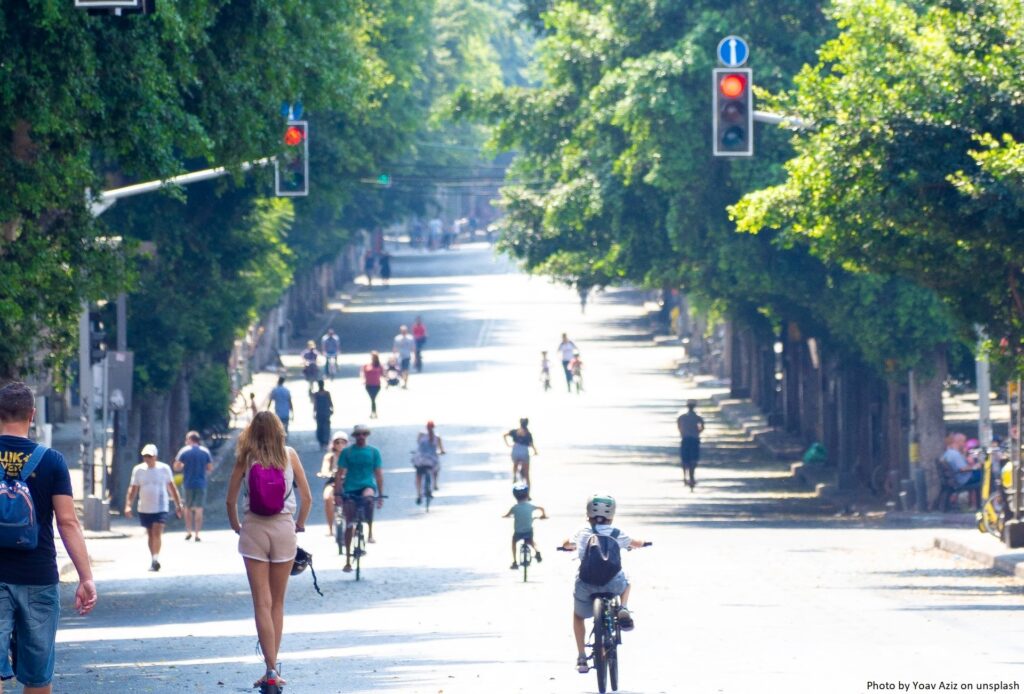Krakow to crack down on e-scooter parking
As with many European cities, the Polish City of Krakow has seen a rapid growth in the use of e-scooters, the majority of which are supplied by commercial shared mobility operators. In common with many cities, it has been facing the growing problem of e-scooters that have been poorly parked or abandoned throughout the city. E-scooters scattered across pavements, in front of the entrances of buildings, in parks and green spaces and even dumped into the Vistula River, have become a nuisance for many in the city. As a result, the city’s authorities have put forward new measures to regulate the parking of e-scooters.
The city’s authorities informed the city’s three commercial operators of shared e-scooters about its plans in May. “We informed the representatives of three companies about the end of the period of free use of the city space. We also proposed the introduction of a municipal patrol, which would be financed by operators from fines for improperly parked scooters, as well as fees for using areas belonging to the municipality”, said the deputy mayor of Krakow, Andrzej Kulig. “The current state of Krakow is unsustainable (..) Despite existing arrangements with equipment operators, the problem of abandoned devices has been steadily growing, mainly due to the lack of legal regulations”, explained Kulig.
In 2020, Krakow’s Public Transport Authority and e-scooter operators signed an agreement, which included, amongst others, the imposition of a speed limit for e-scooters in the city centre, and a no-parking zone consisting of the Old Town and parts of the Vistula Boulevards. Outside of these areas, e-scooters are to be parked in designated spaces, so called ‘mobility hubs’. These areas are created and designed by the City free of charge for the operators. The operators were made responsible for the removal of improperly parked e-scooters. The City has now informed operators that they will have to start paying for the use of the mobility hubs under a lease contract and that the companies will be fined for e-scooters that have to be removed from other parts of the city by patrol officers.
In the meantime, the commercial operators have agreed between themselves to limit the maximum number of e-scooters at mobility hubs in central areas. In practice, this means that users cannot return an e-scooter when the maximum capacity of the mobility hub is reached. They will have to leave their e-scooter at another mobility hub. The operators also asked the city to designate additional mobility points, possibly by introducing a new type of mobility point, where users could end and start the rental, but unlike the current mobility points, there would be no active deployment of e-scooters by the operators themselves. Also, the maximum number of e-scooters that would be allowed at these points would be significantly lower.
The City is hopeful that the new measures will end the nuisance caused by improperly parked e-scooters. If not, it will consider additional measures, which may even see the number of e-scooters restricted by regulation or even the termination of the contracts of the operators.
Original article published by Radio Eska.
Krakow to crack down on e-scooter parking Read More »










